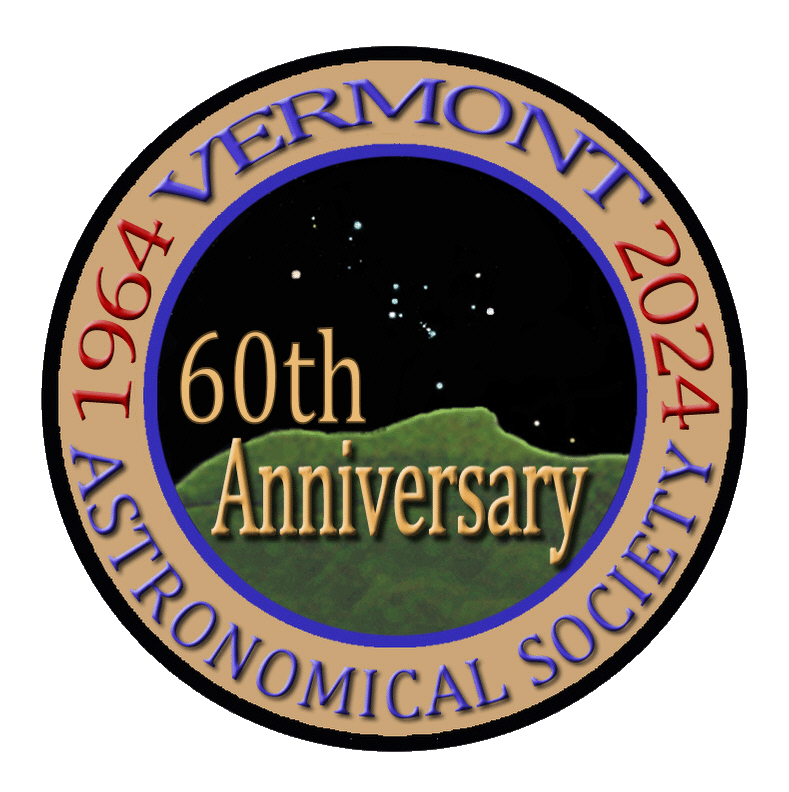Here's a couple of goes at the crescent nebula in a bit wider field than I've done in the past. There's lots of interesting nebulosity in the area of the Crescent and can bring hours of enjoyment just letting your eyes drift around the images to look at the interesting nooks and crannies. At least for a geek like me.
NGC6888 is an emission nebula in the constellation Cygnus about 5000 ly from Earth. It was discovered by William Herschel in 1792. It is formed by the fast stellar wind from the Wolf-Rayet star WR 136 colliding with and energizing the slower moving stellar wind ejected by teh star when it became a red giant around 250,000 to 400,000 years ago. The result of the collision is a shell and two shock waves, one moving outward and one moving inward. The inward moving shock wave heats the stellar wind to X-ray emitting temperatures. (wikipedia)
Another interesting object in this image, that doesn't show up in the annotations is something known as the Soap Bubble. The Soap Bubble Nebula, Ju 1 (also known as PN G075. 5+01.7) is a planetary nebula in the constellation Cygnus, near the Crescent Nebula (NGC 6888). The nebula derives its name from its symmetrical spherical shape which resembles a soap bubble. (wikipedia) The Soap Bubble can easily be seen in the images just below and to the left of the Crescent Nebula. This is the first time I've taken a wide enough image to capture it.
I've captured NGC6888 with a TEC140 scope with Astro-Physics and Chroma narrowband filters for the nebula and surround gas regions and Chroma RGB filters for the stars. The camera used is an ASI6200MM and everything is mounted on an Astro-Physics 1100GTO mount. My narrowband exposures are 10 minutes and RGB exposures 2 minutes per color. Total integration times for the object are 9 hours for the narrowband and 1.5 hours for the colors.
Lots of interesting areas here and are annotated in one of the images below. I've processed in both SHO and HOO. I think HOO is the more typical processing and I struggled with SHO to make the colors interesting, but I almost like the lack of color as the color can distract from the details. I think this particular object would benefit from 10's of hours of integration as the dust and gas around the Crescent is very interesting.
@terri Really love the SHO version, Terri! The color of the Crescent is fabulous, although I have to say Ju-1 is much more prominent in the HOO version. Nice job!
Greg

